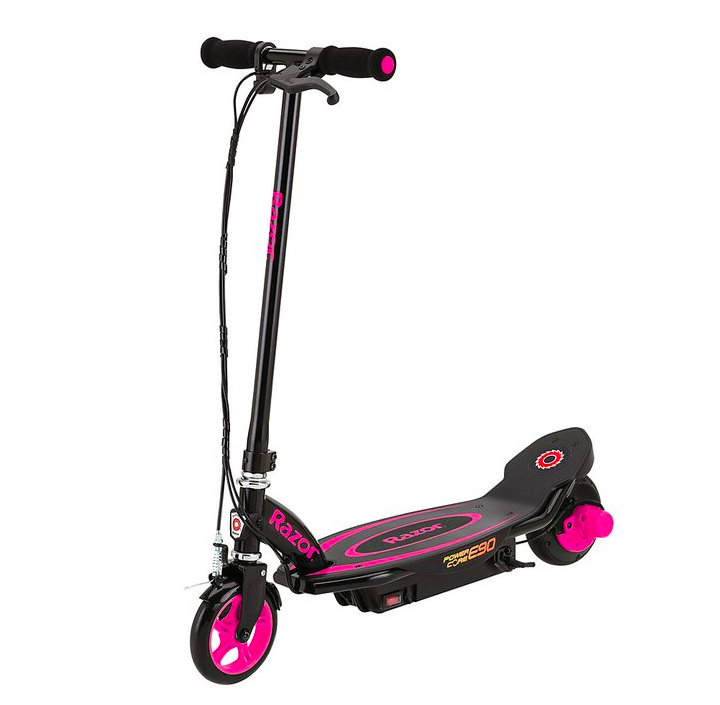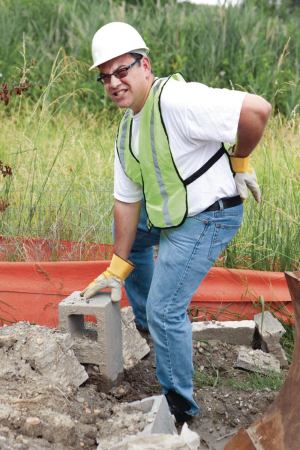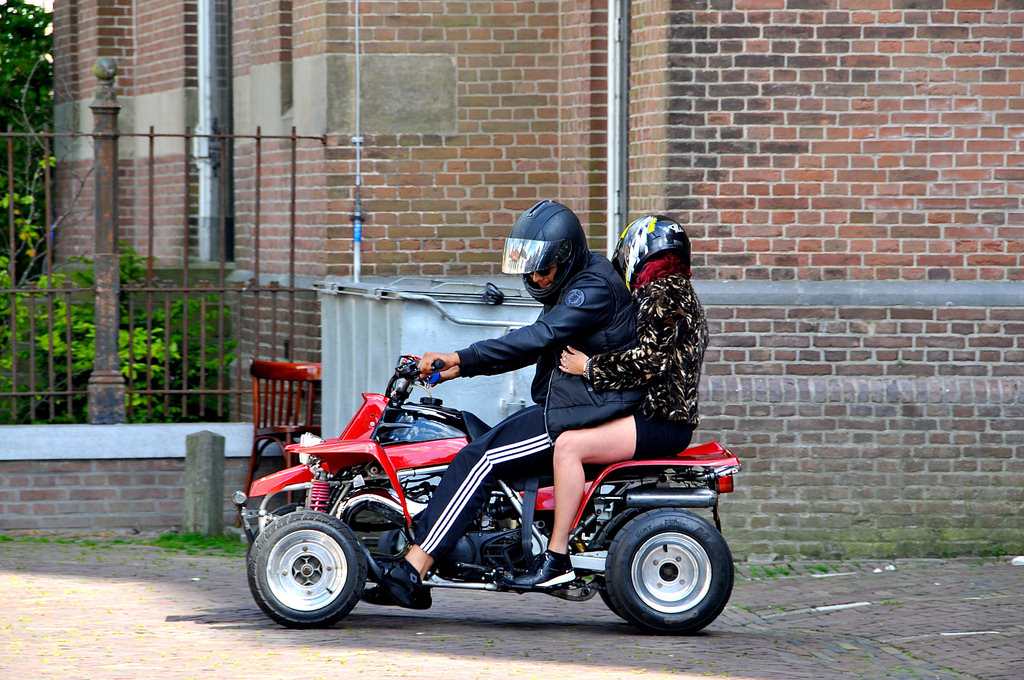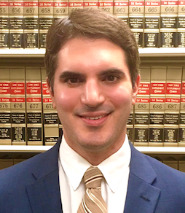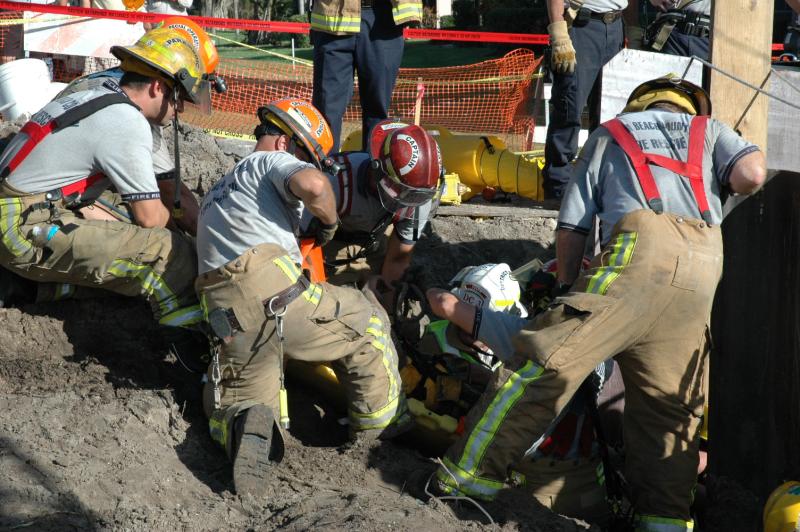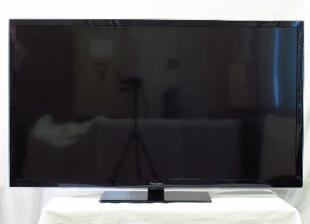Opiod death prevention in the construction industry
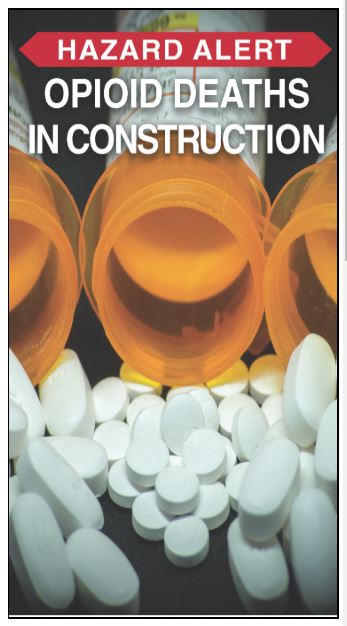 Construction workers have one of the highest risk of suffering from personal injury during their activity. According to the National Safety Council, more than 70,000 construction workers are injured every year in the US with back injuries and hand injuries being the most common. Nearly all construction workers will suffer at least one occupation related injury during their lifetime. Researchers also found that a construction worker that has a career longer than 45 years has a 75% risk of suffering a disabling injury.
Construction workers have one of the highest risk of suffering from personal injury during their activity. According to the National Safety Council, more than 70,000 construction workers are injured every year in the US with back injuries and hand injuries being the most common. Nearly all construction workers will suffer at least one occupation related injury during their lifetime. Researchers also found that a construction worker that has a career longer than 45 years has a 75% risk of suffering a disabling injury.
Therefore it is not surprising that construction workers are being prescribed a lot of opioids to treat the pain caused by these injuries.
Usually workers receive compensation during the time that they are injured but it is often not enough to make up for lost pay. Therefore many injured construction workers are using opioids to get back to work faster.
 New York Personal Injury Attorneys Blog
New York Personal Injury Attorneys Blog


